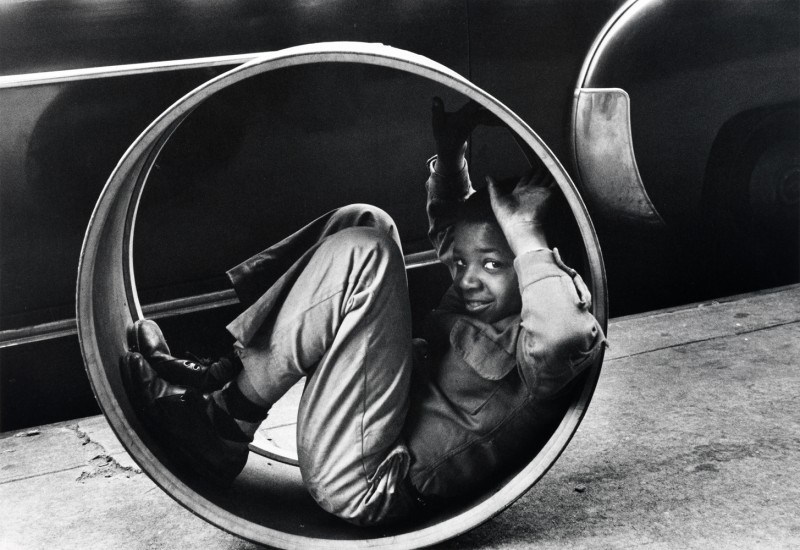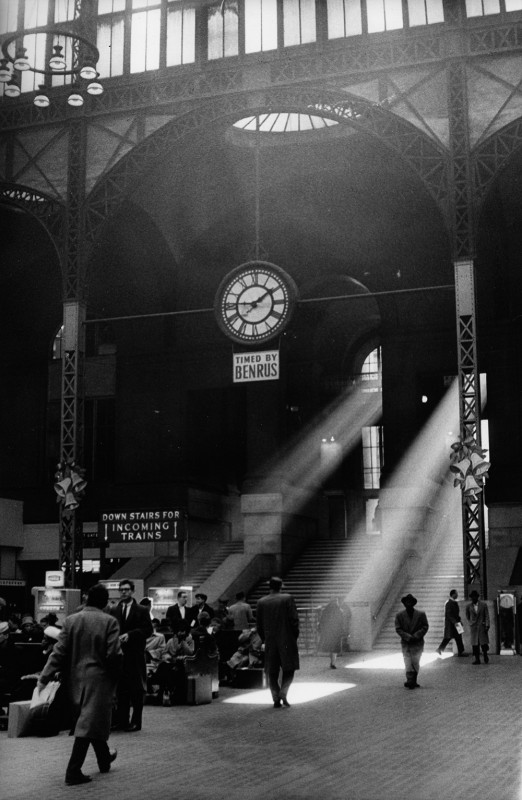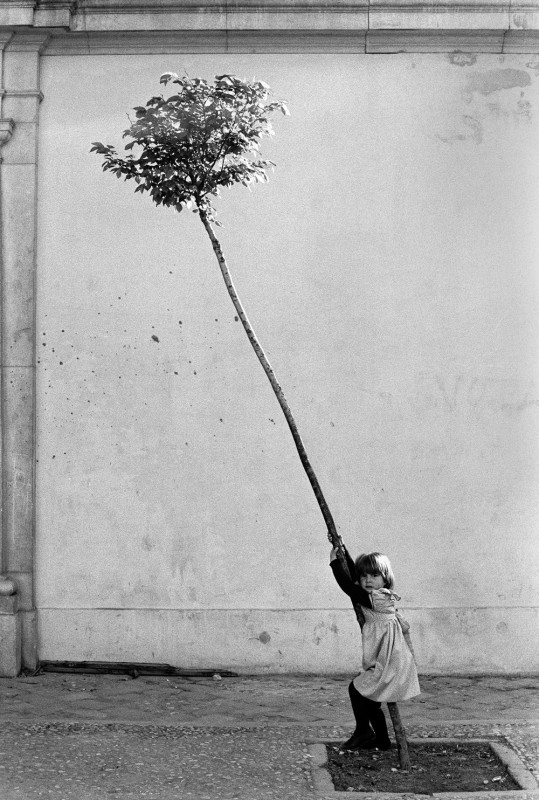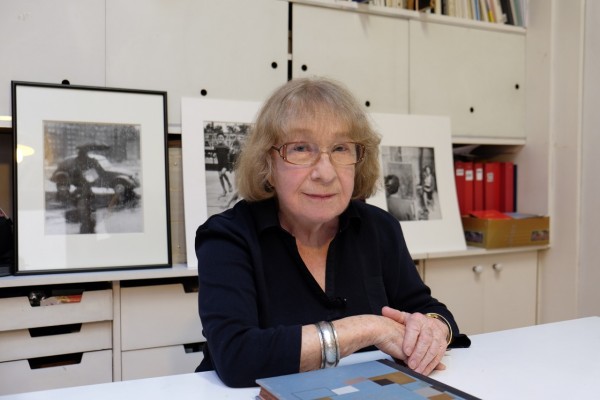Photographie Humaniste
Photographie Humaniste
Sabine Weiss
April 16, 2018

Amoreux, place de la Réoublique, Paris, 1954
The city of Paris forms the core centre of her oeuvre, and even though the now 93-year-old photographer has travelled all over the world, her work has always been deeply rooted in the French metropolis, where she has lived since 1946. A skilled portraitist, Weiss not only created timeless character studies of famous personalities, but also frequently captured people in incidental situations on the streets. Weiss is an extraordinary storyteller, whose keen talent for observation gave rise to multi-layered, atmospheric depictions of everyday life. Her sensitivity enabled her to pick up on the small details of life as she portrayed her subjects in their everyday surroundings, at work and at play.
In 1956, Robert d´Hooghe introduced the French photographer on the pages of LFI as a ‘Master of the Leica’, writing: “Paris again began to exert its old fascination on the youth of the world. Among those who met in Paris was a young girl from French Switzerland. She was just twenty years old. Behind her was a thorough grounding in a Swiss photographic studio, and before her – life. ‘Sabine’ soon became known in the circles of young poets, painters and musicians in Montparnasse, in St. Germain-des-Prés, in Montmartre, where debates on world misery, and how to better it, took their endless course. When she intervened she was always quick to emphasize that it was as a photographer, not as an ‘artist’. There was no coyness in the pronouncement. She found that her friends evolved excellent theories on art, but that they did not know how to see. To her, ‘seeing’ meant being moved by the visual impressions of her surroundings, and unravelling the weft and warp of inter-related circumstance which gives sight meaning. They took Sabine, the energetic and vivacious Sabine with the bright eyes, seriously – so seriously that the English painter Hugh Weiss married her.”
Despite the author’s somewhat patronising stance, which typically characterised men’s attitudes to women at the time, this text still manages to paint a vivid picture of the photographer’s extraordinary way of seeing the world. Her precise observations enabled Weiss to capture the core feeling of an era in images that continue to be deeply influential to this day.
Exhibitions
Three exhibitions of the photographer’s work are currently showing in the French cities of Orléans and Olivet, continuing until 15 April. In addition, the presentation Vers la lumière is on display at Zurich’s Artef Gallery until 30 June. This summer, the Centre Pompidou in Paris will dedicate an exhibition to honouring her life’s work.
In Germany, Sabine Weiss is represented by the Hilaneh von Kories Gallery in Berlin, which last year hosted her exhibition Un regard personnel.
The copyright for all images featured here is owned by Sabine Weiss / courtesy of Galerie Hilaneh von Kories
Sabine Weiss+-
Born Sabine Weber on July 23, 1924 in Saint-Gingolph, Switzerland. After training at the renowned Atelier Boissonnas in Geneva, she moved to Paris in 1946, where she first worked as an assistant to fashion photographer Willy Maywald. She began working as a freelance photographer in 1949, married the US artist, Hugh Weiss (1925–2007) in 1950, and became a member of the Rapho Photo Agency in 1952, working for numerous national and international magazines. The rediscovery of her early black and white photography in exhibitions since the late 1970s, was accompanied by new works created on numerous trips around the world. She favoured working with a Leica and a Rolleiflex. In 2017, the photographer – who had had French nationality for a long time – was honoured for her life's work by the Swiss Photo Academy. Weiss passed away in Paris on December 28, 2021. Her legacy is cared for by Photo Elysée in Lausanne, and includes around 160,000 begative, 7,000 contact sheets, 8,000 prints, 46,000 slides and comprehensive documentary material. More

Amoreux, place de la Réoublique, Paris, 1954

Alberto Giacometti dans son atelier, 46, rue Hippolyte-Maindron, Paris, 1954

Garçon jouant, New York, États-Unis, 1955

Pennsylvania Station, New York, 1962

Monastère des chats sauteurs, Nga Phe Kyaung, Birmanie 1996

Espagne, 1981
